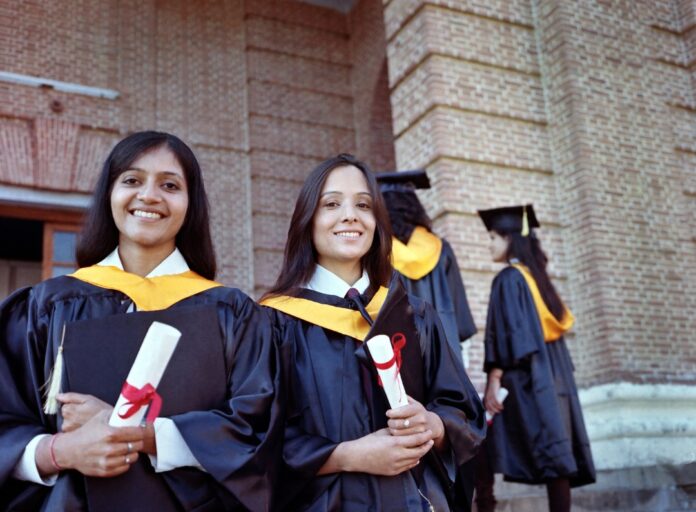The rise of Indian women in international education marks a significant shift in societal norms. Today, women make up over one-third of Indian students studying abroad—a remarkable increase from previous years. However, this journey is not without challenges. For years, many were trapped by financial dependence, societal expectations, and limited access to resources that hindered their global aspirations.
Additionally, education consultants have observed a significant rise in female applicants for overseas courses and financial assistance, with their share increasing from 20-30% of total aspirants in FY21 to 40-45% in FY24.
Financial constraints remain a major hurdle, as many women struggle to secure loans independently due to cultural and legal restrictions. Navigating foreign education systems also presents sociocultural challenges, including biases and difficulties in adapting. Despite these obstacles, the growing number of Indian women in global classrooms is a testament to their resilience. Their academic pursuits not only empower them individually but also strengthen India’s global influence and leadership pipeline.
This shift is more than just a trend—it’s a revolution in gender equality in education. By breaking traditional barriers, these women are paving the way for future generations to pursue knowledge without limitations.
Co-authored by Dr. Sapna Poti and Tara Kapur .




